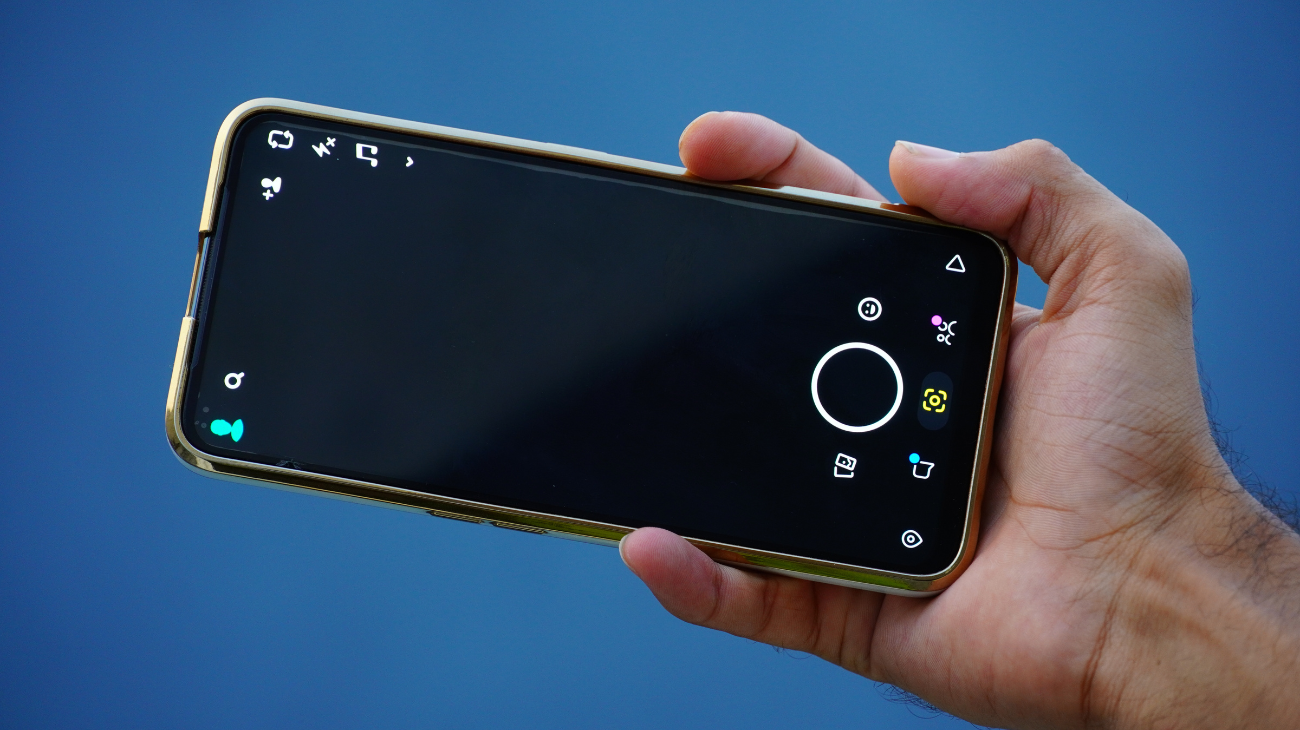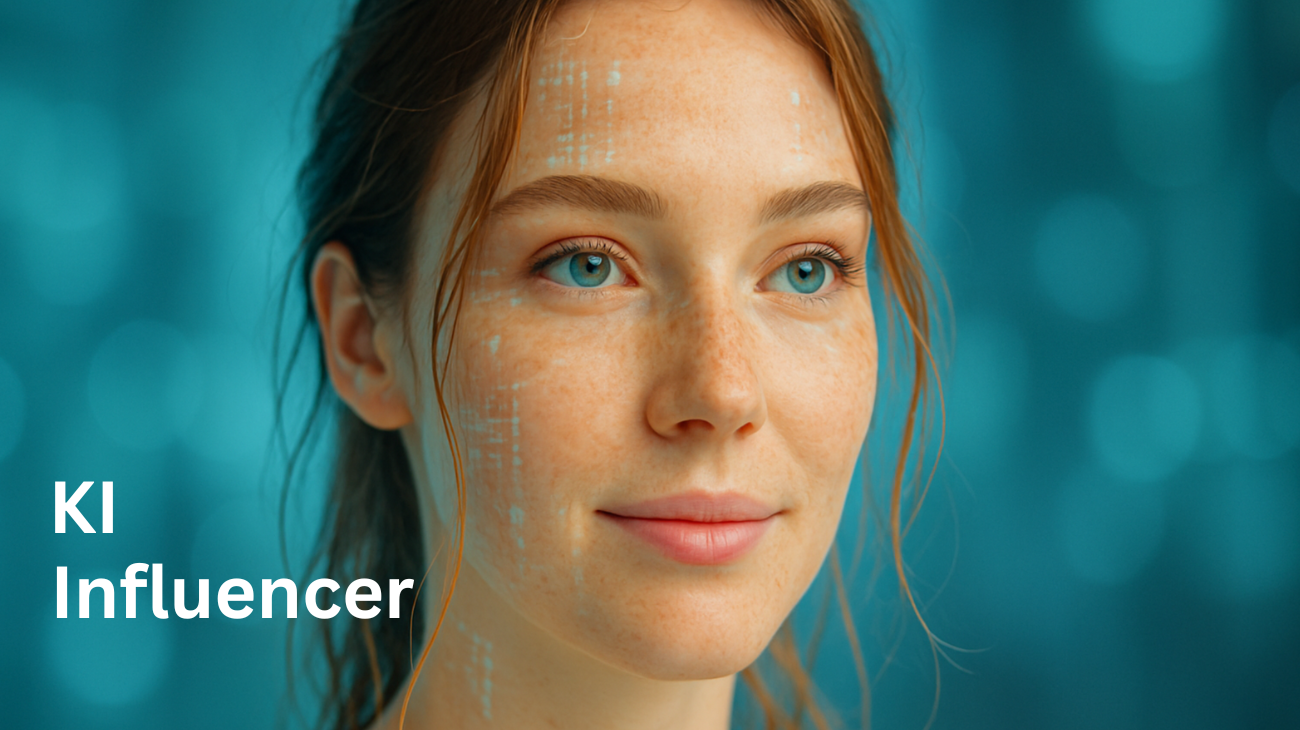When is influencer marketing really worthwhile, and when is it not?

An increasing number of companies, ranging from start-ups to SMEs and global brands, are relying on influencers to convey their messages in an authentic way. Reaching an audience, building trust and fostering a sense of community can often be achieved more effectively through influencer marketing than with traditional advertising. However, this is precisely the crux of the matter. Influencer marketing is not suitable for every industry, company or target. Many brands unfortunately take the decisive step too early and waste enormous potential here. This article will finally provide clarity:
- For whom is influencer marketing really worthwhile?
- Which target groups do you reach best?
- And when should you use other strategies?
5 good reasons for influencer marketing
Why do so many brands rely on influencer marketing? Quite simply, influencers achieve what traditional advertising often fails to do. Proximity, trust and relevance.
- Trust & authenticity: Recommendations come across as coming from a friend, unlike advertising.
- Reach: From niche to an audience of millions, influencers reach target groups that are otherwise difficult for brands to reach.
- Top content: Creative stories, strong images and often content that you can continue to use.
- Direct line: Influencers interact with their community and provide valuable feedback.
- Flexibility: From small test runs to mega campaigns. And best of all: it’s scalable to any budget.
Who benefits from influencer marketing?
Now it’s getting more specific. Which industries benefit most from influencer marketing? Hardly any industry is completely excluded. However, some industries clearly stand out because they align perfectly with the dynamism, speed and emotionality of influencer marketing.
Fashion & beauty
Fashion and beauty brands were among the first to embrace influencer marketing. Why? Fashion and make-up thrive on inspiration, trends and personal recommendations. A picture, reel or tutorial from an influencer can generate hype that sells out entire collections. Influencer marketing is almost always worthwhile in this context.
Food & beverage
Whether it’s new superfoods, sustainable drinks or cookery boxes, food brands rely heavily on influencers. Foodies love to share their favourite recipes, products or kitchen tricks. And their community relies on recommendations that really taste good.
Fitness & health
Fitness coaches, yoga influencers and health bloggers have extremely loyal communities. Brands from the areas of supplements, sports fashion, apps and healthy eating benefit from a highly targeted approach, often combined with strong before-and-after stories.
Travel & Tourism
When it comes to inspiring a desire to travel, who better than someone who posts breathtaking pictures from Bali, Iceland or New York? Now, hotels, airlines, tour operators and even entire regions rely on influencers to attract new customers and generate bookings.
Tech & gaming
Tech and gaming influencers enjoy enormous trust among their followers. They explain complex products in an understandable way, test new products live and set trends in the scene. Brands benefit from a high level of credibility and a direct line to a mostly young, digitally savvy target group.
Sustainability & social impact
Influencers are also strong at conveying messages that go beyond consumption. For example, sustainability, social responsibility or diversity. This is less about making a quick sale, it’s more about image, education and community building. Influencers can bring these topics into the conversation in an authentic way.
B2B & niche markets
Yes, there are also influencers in the B2B sector. Industry experts, LinkedIn creators or specialists with technical expertise can help to build reach and reputation. It is worth taking a closer look here, especially for products or services that require explanation.
Company sizes: Who benefits the most?
Whether you are a small start-up or an international corporation, influencer marketing is not just reserved for the ‘big players’. On the contrary, small and medium-sized enterprises (SMEs) in particular can often score particularly flexibly and creatively here.
Start-ups & small brands
Influencer marketing can be a real game changer for start-ups.
But why is that? Because it is one of the quickest ways to generate attention, build brand awareness and gain initial fans, all without a budget of millions. Collaborations with micro- or nano-influencers, in particular, often deliver surprisingly good results, as they have a close relationship with their community. Clever giveaways, discount codes and joint launches can achieve a big impact even with a small budget.
Medium-sized enterprises
Above all, SMEs benefit from targeted branding and image building. Influencers can help raise your profile, position you within certain target groups and enable you to access new markets. Many SME brands collaborate with several influencers to maximise reach and appeal to specific target groups. Another advantage is that campaigns can be scaled and adapted flexibly and even targeted regionally. This is perfect for companies that are still growing.
Corporates & global brands
Major brands use influencers as part of a holistic brand strategy, not only for reach. They often collaborate with leading influencers, celebrities, or even their own brand ambassadors. It’s about more than individual posts; it’s about long-term partnerships, joint collections, campaigns and global brand messaging. Influencers are a powerful tool for global brands, enabling them to produce localised content while maintaining a consistent brand story worldwide.
When is influencer marketing the right choice?
Influencer marketing is not just ‘nice to have’, it can be a powerful tool for achieving specific marketing goals. But not every goal automatically fits every campaign. Here you can find out which goals influencer marketing performs particularly well for and how you can use it cleverly.
1. Increase brand awareness
Do you want more people to hear about your brand, have you on their radar or associate you with certain topics?
Influencers can give your brand enormous visibility, regardless of whether you are new to the market or want to refresh an existing image. Creative, authentic content often gets brands noticed much more than traditional advertising.
2. Build community & strengthen relationships
Influencer marketing is not just about reach, it is also about proximity. Influencers allow you to build a community that not only consumes, but also interacts (comments, likes, shares, discussions). This creates a real connection between the brand and the target group. This strengthens brand loyalty and creates long-term fans, not just customers.
3. Increase sales & conversions
‘Influencer marketing only brings likes, but no sales?’
Not at all! If you set it up correctly, you can push targeted sales with discount codes, exclusive deals, affiliate links or limited drops. Influencers who have a close relationship with their community because recommendations often translate directly into purchases.
4. Employer Branding & recruiting
It’s not just consumers who pay attention to brands, potential employees also look closely. For younger target groups in particular, it can be extremely attractive when companies present a modern image and work with authentic voices. Influencers can help to convey a fresh employer image, provide behind-the-scenes insights or appeal specifically to skilled workers.
5. Build trust & credibility
Influencers can help to create trust, particularly in sensitive sectors (e.g. sustainability, health, financial products). The right choice is important here. Go for influencers who are credible, have in-depth knowledge and address their community responsibly. This allows you to position yourself as a reliable brand.
Target group analysis: Which audience can you reach with influencer marketing?
One of the biggest advantages of influencer marketing is that you can address specific target groups in an extremely targeted manner. But not every influencer suits every audience and not every audience reacts to influencers in the same way.
Gen Z (approx. 10-25 years)
They are digital natives who have grown up with social media and often follow influencers intensively.
They respond particularly strongly to platforms such as TikTok, Instagram and YouTube. They love content that is authentic, creative and entertaining. Brands that want to be successful here need to be bold, recognise trends early on and find influencers that really speak to Gen Z.
Millennials (approx. 25-40 years)
Millennials are affluent, tech-savvy and often pay more attention to brand values. Sustainability, transparency and quality play a major role for them. You can reach them via influencers, especially via Instagram, YouTube and podcasts. Lifestyle, family, fitness and career topics work particularly well here.
Best agers (approx. 40-65 years)
Older target groups have also long been on social media. Influencers have also increasingly gained a foothold here. Whether fashion, health, travel or finance, best agers follow influencers who are credible, experienced and approachable. Facebook, Instagram and, increasingly, LinkedIn are the preferred platforms here.
B2B decision-makers
Yes, influencer marketing also works in the B2B sector, but in a different way. Here, it is often industry experts, specialised journalists or thought leaders who use their networks on LinkedIn, Twitter (X) or in specialist blogs. They offer brands a platform to show expertise, build trust and provide decision-makers with precisely the content that is relevant.
When is influencer marketing NOT appropiate?
As powerful as influencer marketing can be, it is not a panacea. There are scenarios in which, as a brand, you are better off looking twice or consciously focussing on other channels.
1. If your brand does not yet have a clear foundation
Influencers can’t perform a branding miracle if your brand doesn’t know what it stands for.
If you don’t have a clear product promise, a defined target group or a mature brand message, even the best influencer campaign can come to nothing. → Tip: First build the foundation, then bring in influencers.
2. If your product requires extreme explanation
Influencers work with crisp messages, storytelling and emotions; they are not sales consultants or service teams. For highly complex B2B solutions, technical niche products or services that require intensive explanation, other channels (e.g. webinars, whitepapers, personal advice) can often make more sense.
3. If you only hope for short-term success
Influencer marketing needs strategy and time. A one-off post rarely leads to sustainable success. Brands that only focus on quick sales and don’t want to build a long-term relationship are wasting a lot of potential.
4. If you are afraid of losing control
Influencers thrive on authenticity and this also means that they don’t want to have every word dictated by the brand. If you as a company want to control every image, every caption and every story down to the smallest detail, this can put a strain on cooperation. This is where you need trust and the willingness to give your influencer creative space.
5. If your industry is highly regulated
Strict advertising guidelines apply in areas such as medicine, finance or pharmacy. Influencer marketing must be planned particularly carefully here to avoid legal pitfalls. Without experience or clear guidelines, this can quickly become problematic.
Influencer marketing – for whom is it really worthwhile?
Influencer marketing is not a fashion trend, but a powerful tool. Start-ups use it to quickly build awareness, SMEs strengthen their brand and corporations tell global stories. But the most important thing is that influencer marketing only works if it suits your company, your goals and your target group. If you think long-term, choose the right partners and allow trust, you will gain fans, reach and genuine brand loyalty.
In the end, it’s not just who tells your message that counts, but how credibly and creatively it is received.










 Sign up
Sign up 